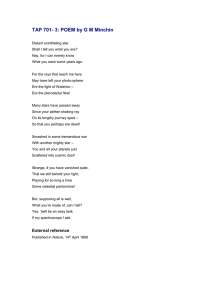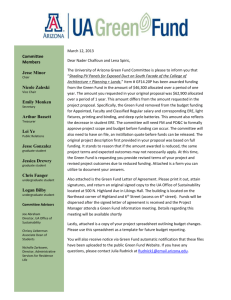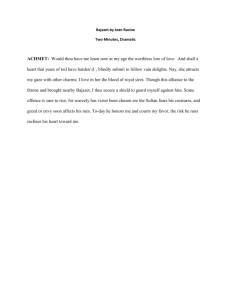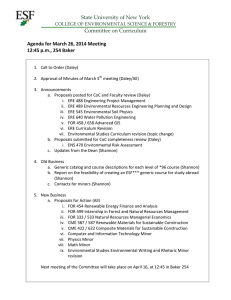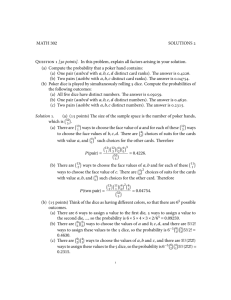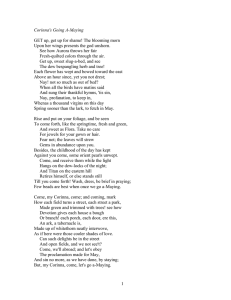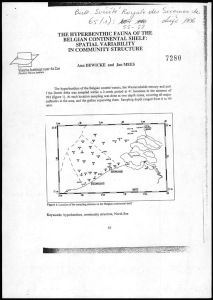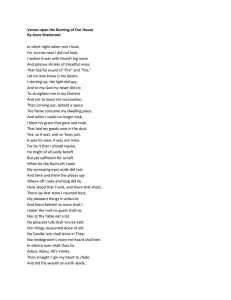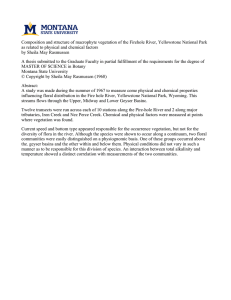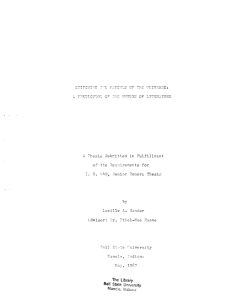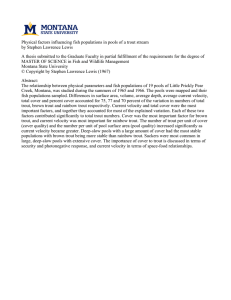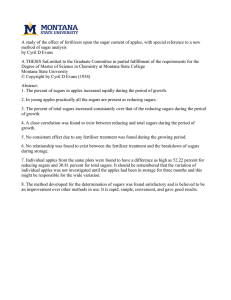ERE MANAGEMENT AND BEST PRACTICES
advertisement
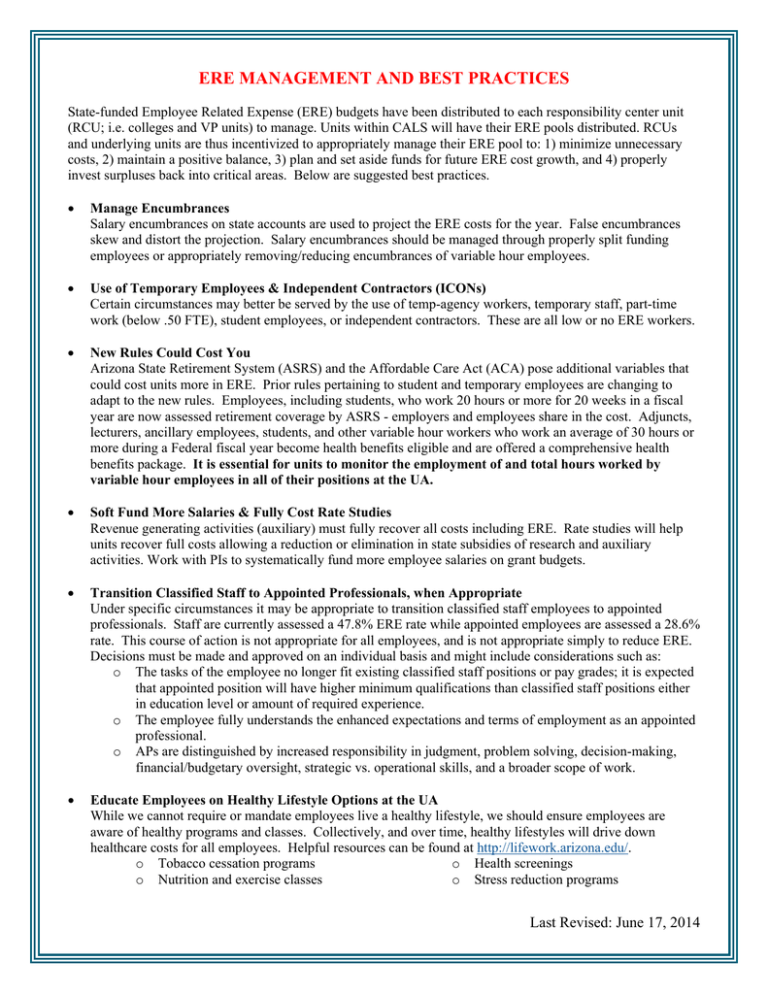
ERE MANAGEMENT AND BEST PRACTICES State-funded Employee Related Expense (ERE) budgets have been distributed to each responsibility center unit (RCU; i.e. colleges and VP units) to manage. Units within CALS will have their ERE pools distributed. RCUs and underlying units are thus incentivized to appropriately manage their ERE pool to: 1) minimize unnecessary costs, 2) maintain a positive balance, 3) plan and set aside funds for future ERE cost growth, and 4) properly invest surpluses back into critical areas. Below are suggested best practices. Manage Encumbrances Salary encumbrances on state accounts are used to project the ERE costs for the year. False encumbrances skew and distort the projection. Salary encumbrances should be managed through properly split funding employees or appropriately removing/reducing encumbrances of variable hour employees. Use of Temporary Employees & Independent Contractors (ICONs) Certain circumstances may better be served by the use of temp-agency workers, temporary staff, part-time work (below .50 FTE), student employees, or independent contractors. These are all low or no ERE workers. New Rules Could Cost You Arizona State Retirement System (ASRS) and the Affordable Care Act (ACA) pose additional variables that could cost units more in ERE. Prior rules pertaining to student and temporary employees are changing to adapt to the new rules. Employees, including students, who work 20 hours or more for 20 weeks in a fiscal year are now assessed retirement coverage by ASRS - employers and employees share in the cost. Adjuncts, lecturers, ancillary employees, students, and other variable hour workers who work an average of 30 hours or more during a Federal fiscal year become health benefits eligible and are offered a comprehensive health benefits package. It is essential for units to monitor the employment of and total hours worked by variable hour employees in all of their positions at the UA. Soft Fund More Salaries & Fully Cost Rate Studies Revenue generating activities (auxiliary) must fully recover all costs including ERE. Rate studies will help units recover full costs allowing a reduction or elimination in state subsidies of research and auxiliary activities. Work with PIs to systematically fund more employee salaries on grant budgets. Transition Classified Staff to Appointed Professionals, when Appropriate Under specific circumstances it may be appropriate to transition classified staff employees to appointed professionals. Staff are currently assessed a 47.8% ERE rate while appointed employees are assessed a 28.6% rate. This course of action is not appropriate for all employees, and is not appropriate simply to reduce ERE. Decisions must be made and approved on an individual basis and might include considerations such as: o The tasks of the employee no longer fit existing classified staff positions or pay grades; it is expected that appointed position will have higher minimum qualifications than classified staff positions either in education level or amount of required experience. o The employee fully understands the enhanced expectations and terms of employment as an appointed professional. o APs are distinguished by increased responsibility in judgment, problem solving, decision-making, financial/budgetary oversight, strategic vs. operational skills, and a broader scope of work. Educate Employees on Healthy Lifestyle Options at the UA While we cannot require or mandate employees live a healthy lifestyle, we should ensure employees are aware of healthy programs and classes. Collectively, and over time, healthy lifestyles will drive down healthcare costs for all employees. Helpful resources can be found at http://lifework.arizona.edu/. o Tobacco cessation programs o Health screenings o Nutrition and exercise classes o Stress reduction programs Last Revised: June 17, 2014
